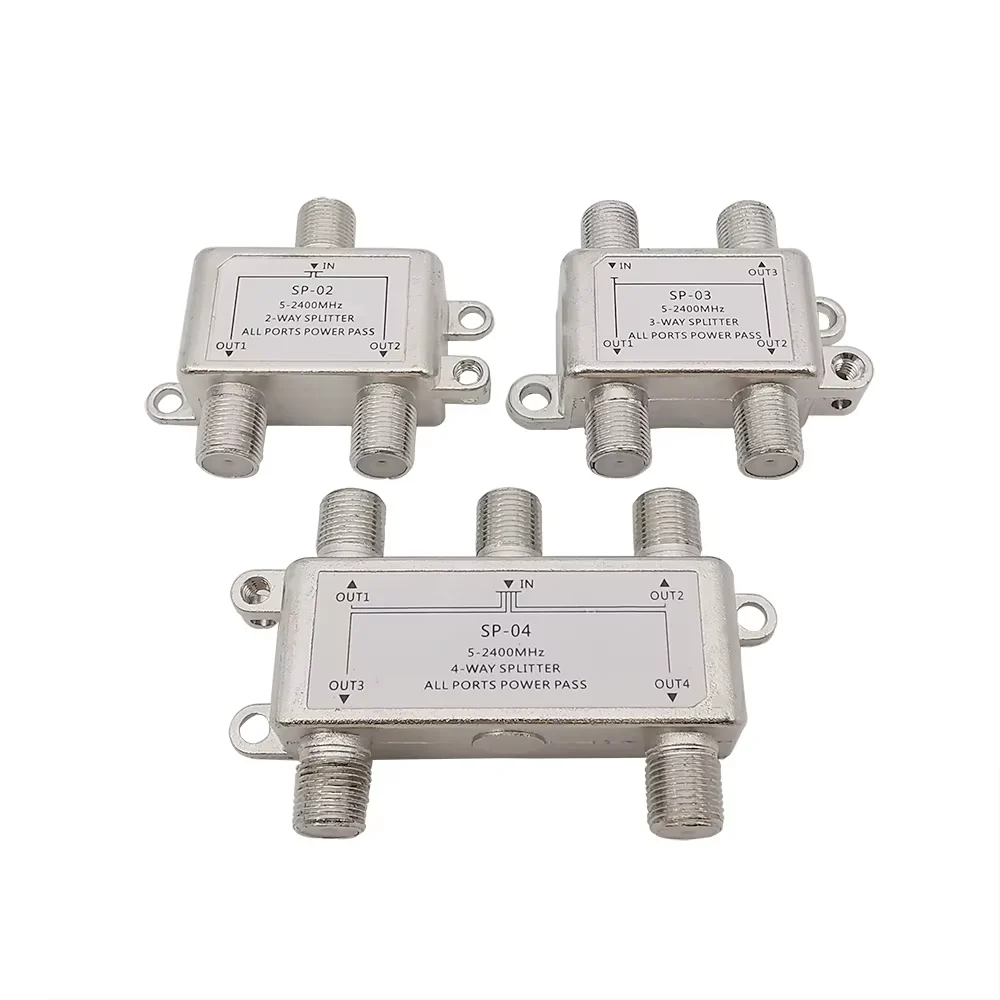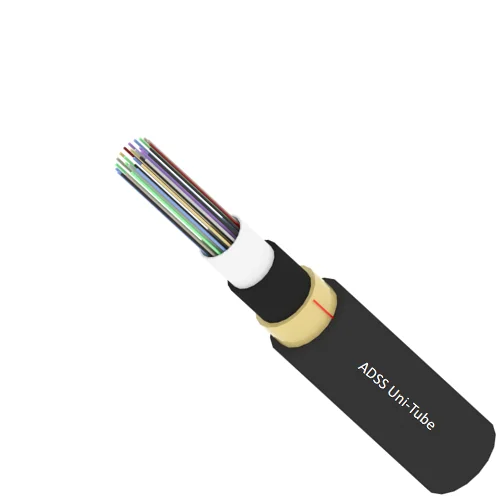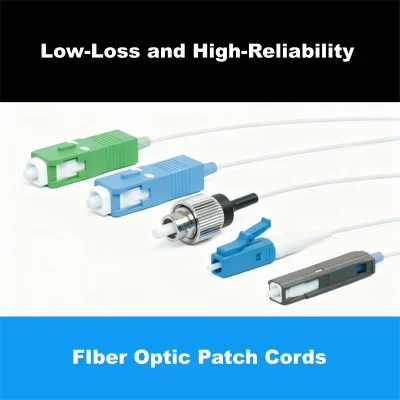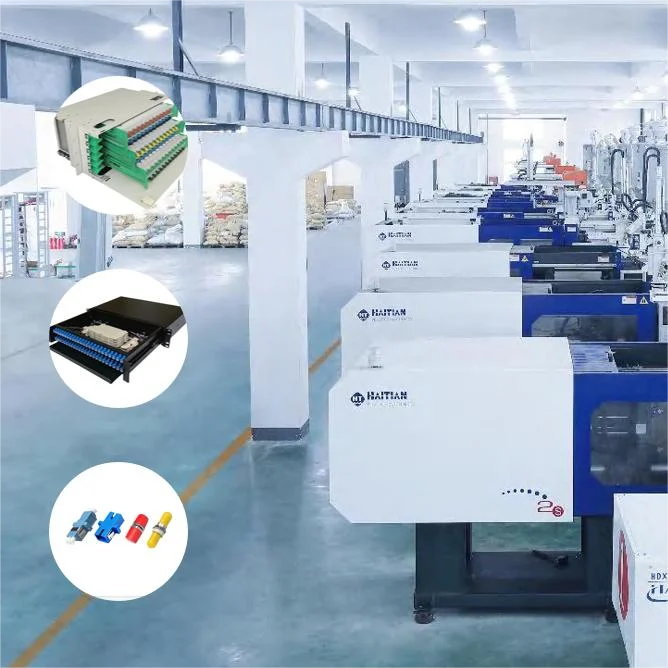Solution
- Building A, Republic International Business Plaza, No. 3699 Gonghexin Road, Jing'an District, Shanghai
- +86-21-59175887
- market@soctfiber.com
- 86-17321363317
- 86-13341796231
CATV
1. Overview
SoftFiber’s core goal is to save your procurement time by providing all equipment and related technical support from the central office to end users. What CATV solutions do we offer?
2.CATV Digitalization Solution
The CATV digitalization solution refers to fully converting traditional analog TV signals into digital signals for transmission and broadcasting. This solution utilizes encoders, multiplexers, and QAM modulators at the headend to encode program content into digital streams, which are then transmitted to the terminal via optical transmitters and HFC networks. The system significantly enhances image quality and channel capacity, while supporting features such as encryption, authorization, and EPG. It lays a solid foundation for the upgrade of broadcast systems toward HD and interactive services.
3.CATV Bidirectional Transmission Network Solution (PON + EOC Solution)
This solution integrates Passive Optical Network (PON) with Ethernet over Coax (EOC) technology to enable the transmission of TV, broadband, and voice over the same network. The OLT delivers data to the ONU through PON, and then EOC extends the signal to users over the existing coaxial cable infrastructure. Without requiring changes to the original wiring, this solution offers a balanced approach between bandwidth performance and cost control, making it ideal for old community renovations and FTTB deployments.
4.FTTH (Internet + VoIP + CATV) Triple-Play Solution
SoftFiber’s FTTH triple-play solution delivers fiber directly to homes (Fiber to the Home), enabling integrated access to high-speed internet, IP voice (VoIP), and digital TV (IPTV or CATV) services. The ONU terminal integrates multiple interfaces, supporting simultaneous output of data, telephone, and TV signals. This solution features high bandwidth, low latency, and excellent scalability.
For inquiries about CATV solutions, feel free to contact us!
Next, SoctFiber will introduce the core equipment and physical link involved in a traditional CATV digitalization solution.
5.Physical Link Description:

- The transmission of television signals begins at the headend facility. A satellite antenna, typically installed on rooftops or open outdoor areas, receives satellite signals. These signals are first demodulated and processed by a satellite receiver located in the headend.
- The signal then passes through a multiplexer and scrambler, where multiple programs are multiplexed and encrypted. Next, the stream is sent to a QAM modulator, which modulates the signal into RF format suitable for cable transmission.
- The modulated RF signal is then fed into an optical transmitter, where it is converted into an optical signal for long-distance transmission over fiber optic networks.
- During transmission, the optical signal is boosted by an optical amplifier such as an EDFA to maintain signal strength. It then passes through an optical splitter, which distributes the signal to different user areas.
- Upon reaching the user area, the optical signal is received by an optical receiver, which converts it back into an RF signal. This RF signal is then transmitted to optical nodes installed in neighborhoods or buildings. These nodes typically integrate RF receivers or CATV splitters, which distribute the signal to individual households.
- Finally, the RF signal reaches the user’s home via coaxial cable, where a DVB-C Set-Top Box (STB) demodulates and decodes the signal, sending the audio and video output to the television for program viewing.
6.Core Products
- Satellite Receiver

Receives RF signals from the satellite antenna and performs signal demodulation and decoding. The output is a Transport Stream (TS) for further processing. Typically supports DVB-S/S2 standards.
- Mux-Scrambling QAM Modulator

An all-in-one device that integrates multiplexing, scrambling, and QAM (Quadrature Amplitude Modulation). It merges multiple program streams, encrypts them, and outputs modulated RF signals that can be directly transmitted to the optical transmitter. Widely used in digital cable TV headend systems.
- Optical Transmitter

Converts QAM-modulated RF signals into optical signals for long-distance transmission via fiber optic cables. Commonly used at the transmission end of the headend system, supporting wavelengths such as 1550nm or 1310nm.
- EDFA (Erbium-Doped Fiber Amplifier)

Amplifies the optical signal after transmission to increase power, enabling longer transmission distances and ensuring signal quality. Suitable for wide-area coverage or multi-branch distribution networks.
- PLC (Planar Lightwave Circuit Optical Splitter)

A passive optical component used to evenly split one optical signal into multiple outputs (e.g., 1×8, 1×16). Ideal for distributing headend signals to various user areas. Features a compact design and high reliability.
- Optical Receiver

Installed in user-side areas to convert incoming optical signals back into RF signals. Available with different output power levels to feed the RF signal into the CATV network via coaxial cables.
- CATV Splitter

Used to distribute the RF signal output from the optical receiver to multiple end users. Supports specific frequency ranges (e.g., 5–1000 MHz) to ensure balanced and stable signal delivery.
- DVB-C STB (Set-Top Box)

Installed in the end user’s home, the STB demodulates and decodes QAM signals compliant with the DVB-C standard. It outputs audio and video signals to the TV for program viewing. Some models also support features like time-shift, video on demand (VOD), and EPG (Electronic Program Guide).
Related Products
No results found.




